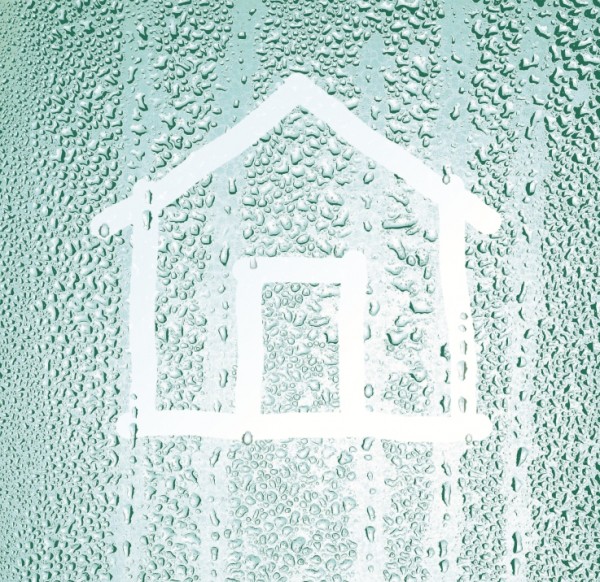
Whether you’re planning to live in your house indefinitely or sell it on at some point in the foreseeable future, making sure it’s damp free is absolutely crucial for both quality of life and resale value. But this condition can be insidious and difficult to manage, leading to costly consequences that will mean a big loss of time and money to put right.
NSW have devised the top three measures you can take to stay aware of the onset of damp in your property, and how to avoid it. They’re even more important if you’re planning to rent your property out, as tenants are seldom as observant and careful about taking care of the building as you would be yourself, so installing measures to control damp becomes even more vital.
Whether you’re planning to live in your house indefinitely or sell it on at some point in the foreseeable future, making sure it’s damp free is absolutely crucial for both quality of life and resale value. But this condition can be insidious and difficult to manage, leading to costly consequences that will mean a big loss of time and money to put right.
NSW have devised the top three measures you can take to stay aware of the onset of damp in your property, and how to avoid it. They’re even more important if you’re planning to rent your property out, as tenants are seldom as observant and careful about taking care of the building as you would be yourself, so installing measures to control damp becomes even more vital.
Run off
If you have rainwater streaming down the side of your building, it’s often a sign that your guttering and drainage systems aren’t up to scratch. It’s only a matter of time before this water will find its way inside, so make sure to have your drainage systems evaluated by a professional and maintain them regularly. Another related issue is the external integrity of your building: make sure that the masonry and pointing are in good condition to stop water entering.
Condensation
One of the most common problems in many homes, this is also one of the easiest to prevent. It can be caused by a number of factors. In the kitchen and bathroom, the production of moisture from the kettle boiling, cooking, or a running shower will cause moisture to accumulate on the walls, eventually leading to wet patches where mould may grow. Make sure you install proper ventilation in these and other high moisture areas in the house, and avoid hanging wet laundry inside. Condensation is also caused by temperature issues, and can be reduced by keeping the heating on low even when you’re away from home.
Tide marks
These look like faint, wavy lines, often across areas at the bottom of the walls, and can be a sign that you have rising damp in the building. This is where there’s insufficient barrier between the moisture rich ground below the foundation of the building, and the foundation itself, and water is absorbed into the masonry and other materials. It can cause the growth of mould, the introduction of dry or wet rot, weevils, or woodworm, and eventually structural damage. The best way to deal with rising damp is to prevent it before it becomes a real problem, with the installation of a proper dry-proof course as a barrier. Make sure that once done, you keep the paperwork for this process as it’s valuable proof should you wish to sell the house.
Looking to rent or let a property? Find out how to take your next steps today over at our website www.nswproperties.co.uk

 CLIENT LOGIN
CLIENT LOGIN PROPERTY SEARCH
PROPERTY SEARCH MENU
MENU